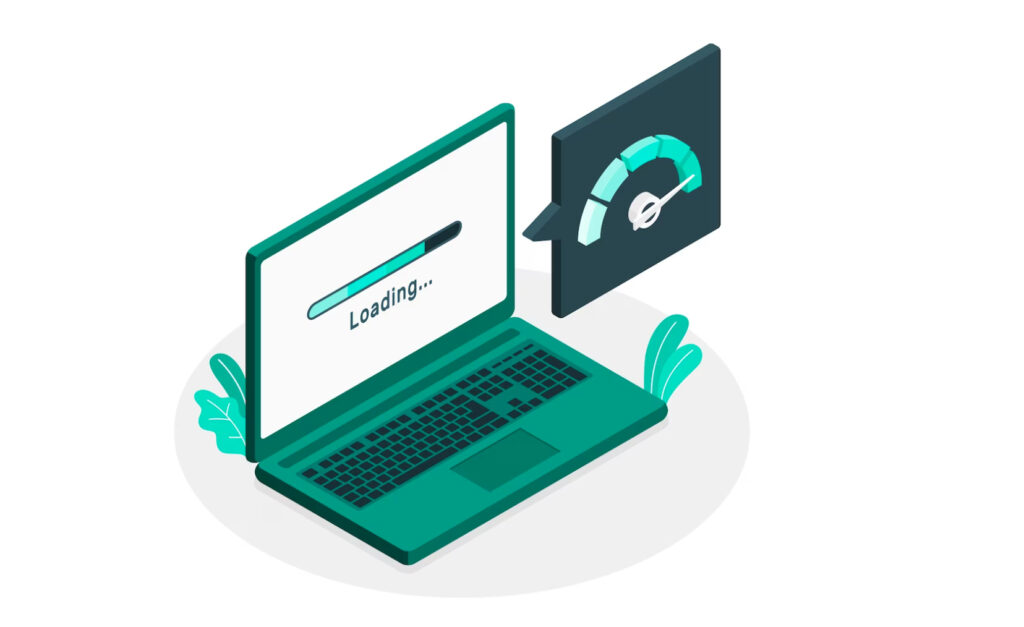WordPress eCommerce sites play a vital role in driving sales and revenue. However, the speed and performance of these websites significantly impact their success. In this article, we will explore the importance of site speed and performance for WordPress eCommerce sites and provide actionable steps to optimize them.
Why Site Speed and Performance Matter for WordPress eCommerce Sites
- Slow loading times frustrate users and lead to higher bounce rates, decreased engagement, and lower conversion rates. A fast and responsive website creates a positive user experience, encourages visitors to stay longer, and improves the likelihood of them making a purchase.
- Site speed is a crucial factor in search engine optimization (SEO). Search engines like Google prioritize fast-loading websites, considering them more user-friendly. By optimizing your WordPress eCommerce site for speed, you increase the chances of ranking higher in search results, gaining more visibility, and attracting organic traffic.
- A slow and poorly performing website can negatively impact customer satisfaction and retention. Users expect seamless navigation, quick product searches, and a smooth checkout process. By delivering a fast and efficient shopping experience, you build trust, enhance customer satisfaction, and increase the likelihood of repeat purchases.
Best Practices for Optimizing WordPress eCommerce Site Speed and Performance
Choose a Reliable Web Hosting Provider
Selecting a hosting provider optimized for WordPress eCommerce sites is essential. Look for providers that offer high-speed servers, reliable uptime, and scalable infrastructure. Some recommended hosting providers known for their performance enhancements include SiteGround, WP Engine, and Kinsta.
Utilize a Lightweight and Optimized WordPress Theme
Opt for a responsive and well-coded theme specifically designed for eCommerce purposes. Avoid bloated themes with unnecessary features that can slow down your site. Lightweight themes, such as Astra, GeneratePress, or OceanWP, provide a solid foundation for fast-loading eCommerce websites.
Optimize Images and Media Files
Large image and media file sizes can significantly impact page load times. Compress your images using tools like TinyPNG or plugins like Smush. Implement lazy loading, which loads images only when they are visible to the user. Additionally, optimize media files by compressing videos or using external video hosting platforms like YouTube or Vimeo.
Implement Caching and Content Delivery Networks (CDNs)
Caching saves dynamically generated content and serves it as static files, reducing server load and improving site speed. Utilize caching plugins like W3 Total Cache or WP Rocket. Moreover, consider implementing a Content Delivery Network (CDN) like Cloudflare or MaxCDN, which distribute your website’s content across multiple servers worldwide for faster delivery.
Minify CSS and JavaScript Files
Minification reduces the file size of CSS and JavaScript files by removing unnecessary spaces, comments, and formatting. Use plugins like Autoptimize or WP-Optimize to automatically minify these files and improve site performance.
Optimize Database and Remove Unnecessary Plugins
Regularly optimize your WordPress database by cleaning up unnecessary data, spam comments, and post revisions. This helps reduce database size and improves site speed. Additionally, evaluate your plugins and remove any that are not essential, as each plugin adds additional overhead to your site’s performance.
Enable Gzip Compression and Browser Caching
Enable Gzip compression on your server to reduce the size of transmitted data between the server and the user’s browser. This significantly speeds up page load times. Additionally, configure browser caching to allow returning visitors to load your site faster by storing static files in their browser cache.
Monitor and Analyze Site Performance
Utilize performance monitoring tools like GTmetrix or Pingdom to regularly analyze your site’s speed and performance. These tools provide insights into areas that need improvement and help you track the effectiveness of optimization techniques. Consider using plugins such as Query Monitor or New Relic for more in-depth analysis of your site’s performance.
Conclusion
Optimizing the speed and performance of your WordPress eCommerce site is crucial for providing a seamless and satisfactory user experience, improving search engine rankings, and driving higher conversion rates. By implementing the best practices outlined above, you can enhance your online store’s speed and performance, resulting in happier customers and increased revenue. Remember, a fast website is the foundation for a successful eCommerce business in today’s digital landscape. Stay ahead of the competition by prioritizing site speed and delivering an exceptional user experience.
With these optimization techniques and best practices, you have the power to transform your WordPress eCommerce site into a high-performing platform that engages and delights your customers. Take action today and start implementing these steps to unlock the full potential of your online business.


